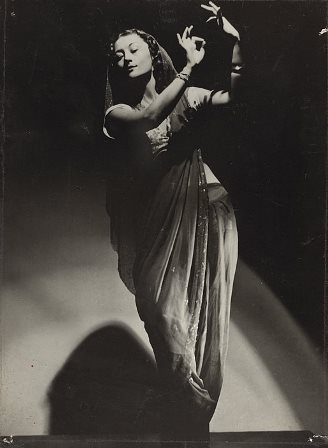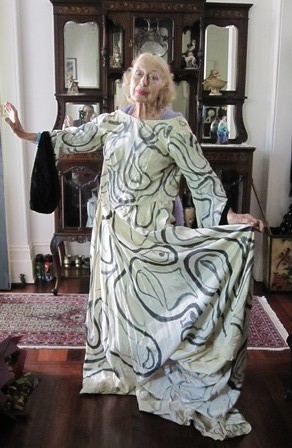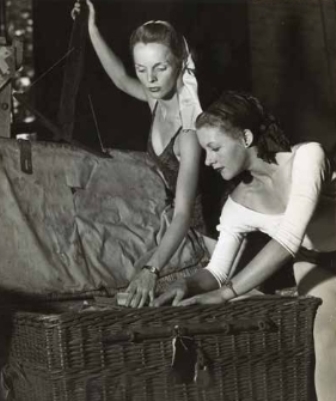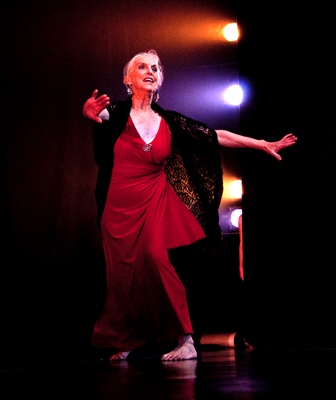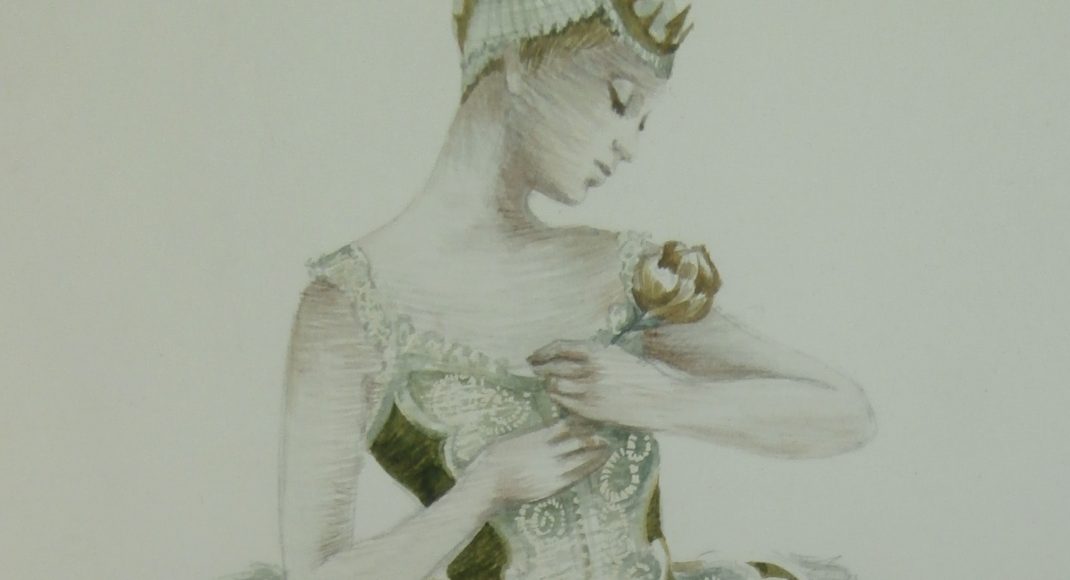- West Australian Ballet in 2025
I was interested to hear the latest from West Australian Ballet (WAB), perhaps in particular that David McAllister will continue to direct WAB for another year. The media information says that he will work with the Board on the search for a new artistic director, and that he will also help develop a new strategic plan for WAB for the next five years as well as programming the season for 2026. McAllister was brought up in Perth, home city of WAB, before moving to Melbourne to join the Australian Ballet School and then the Australian Ballet in 1983. It is hard not to wonder whether McAllister’s current role at WAB will become permanent?
But in addition, it was good to see that Alice Topp will present Butterfly Effect, a new commission from WAB and a new take on the opera Madame Butterfly. Topp’s Butterfly Effect will premiere in Perth in September and will recontextualise the well-known narrative as a ‘story for modern audiences, weaving together threads from the old and the new, through themes of love, loss, and shattering betrayal, and Puccini’s classical score.’ I will be especially interested to see where the work is set (if indeed it is set in a specific country?).
- News from James Batchelor
James Batchelor, who works between Australia and Europe, has been in Australia recently teaching at the Victorian College of the Arts and Sydney Dance Company. In addition, he has been developing new works, in particular a piece he is calling Resonance, which grew out of an invitation by the Tanja Liedtke Foundation, and which examines how Liedtke’s work has impacted the course of contemporary dance in Australia. (Dancer and choreographer Tanja Liedtke died in Sydney in 2007 following a road accident. She was the incoming director of Sydney Dance Company but never had the chance to take on the role).
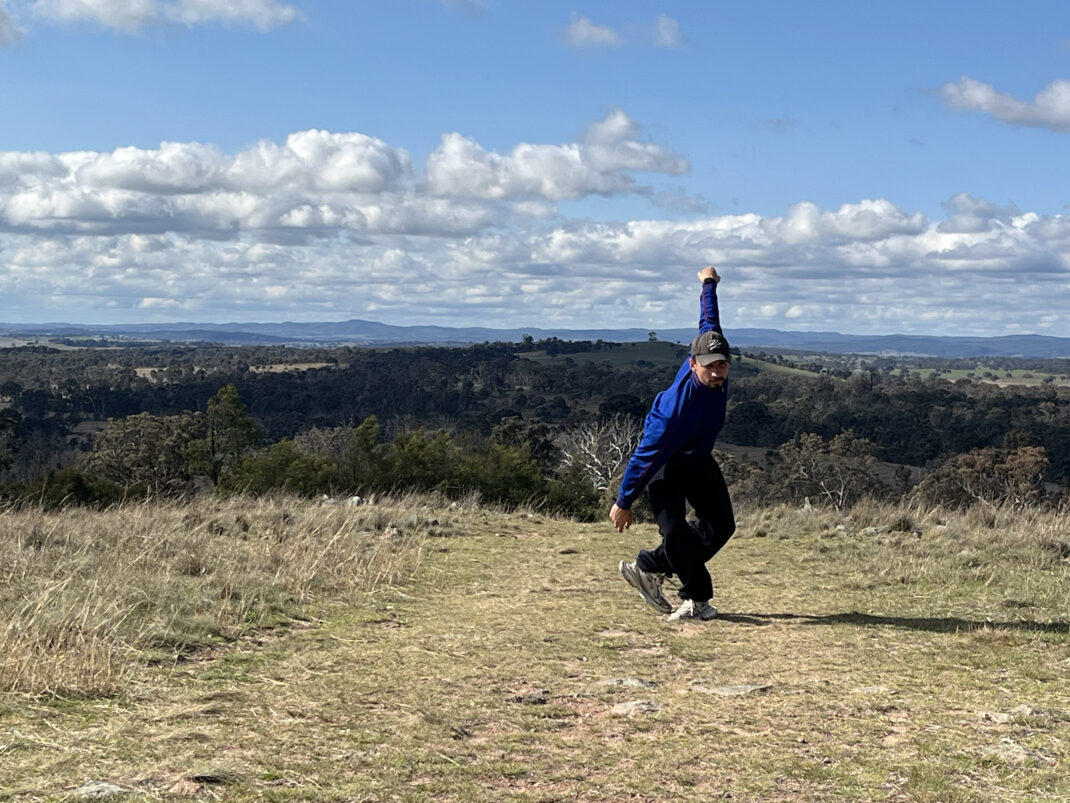
Batchelor will be back in Europe for the last several weeks of 2024 where Shortcuts to Familiar Places will have a season in Italy, and where, in Berlin, he will continue to work on the development of Resonance. He will then head back to Australia for projects in January.
- A Stellar Lineup—Olympic Edition
Liz Lea continues her development of community dance in Canberra with a presentation of A Stellar Lineup—Olympic Edition. She writes:
We are thrilled to bring you another stunning lineup of Canberra’s most engaging community dance companies, celebrating the power of inclusion and imperative for excellence. This year we return to Belco Arts to mark the Olympic Games and the sporting achievements of our many performers including Olympians and Paralympians. Our program features Project Dust, Dance4Me, Taylor Mingle, ZEST Dance for Wellbeing, the GOLD Company, Deaf Butterflies, Rachael Hilton, Fresh Funk and the Chamaeleon Collective.

Performances of A Stellar Lineup—Olympic Edition will be presented at the Belconnen Arts Centre, 22-23 November 2024. Further information is at this link.
- Forgotten Impresario. Discovering Daphne Deane
Back in 2022 I posted a note about a beautifully researched e-book, Forgotten Impresario. Discovering Daphne Deane, by John Anderson. The book followed the diverse theatrical career of Queensland-born Daphne Deane, a career that Anderson rightly believed had been largely ignored. Recently, Anderson updated aspects of his book to include more information about Deane’s experiences during World War II; her trial in France for a ‘contractual breach of trust’, which brought aspects of her career to an end; and her connections with Marie Rambert.
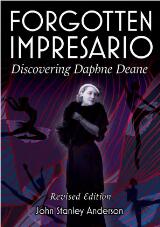
The revised edition is available to read, at no cost, at this link.
- Farewell to Ruth Osborne

In October a large gathering of Canberra’s dance community said farewell to Ruth Osborne as director of QL2 Dance. The farewell event was held at Gorman Arts Centre, home of QL2 Dance (and a variety of other arts focused organisations), and featured speeches from some of those who had been associated with Osborne over the years. Speakers included Richard Refschauge, current Chair of the Board of Ql2 Dance, who gave an outline of Osborne’s career and input into the development and growth of QL2 Dance, and Daniel Riley, former student at QL2 Dance and current artistic director of the Adelaide-based Australian Dance Theatre, who spoke about his experiences as a young, emerging dancer at QL2 Dance and his resulting dance career.
The afternoon also included two performances from QL2 dancers, which were performed in one of the beautiful courtyards of Gorman Arts Centre. One was choreographed by Alice Lee Holland, and consisted of extracts from her work Earth, which we saw recently as part of the Elemental program. The other was one of Osborne’s works from the past repertoire of QL2 Dance.
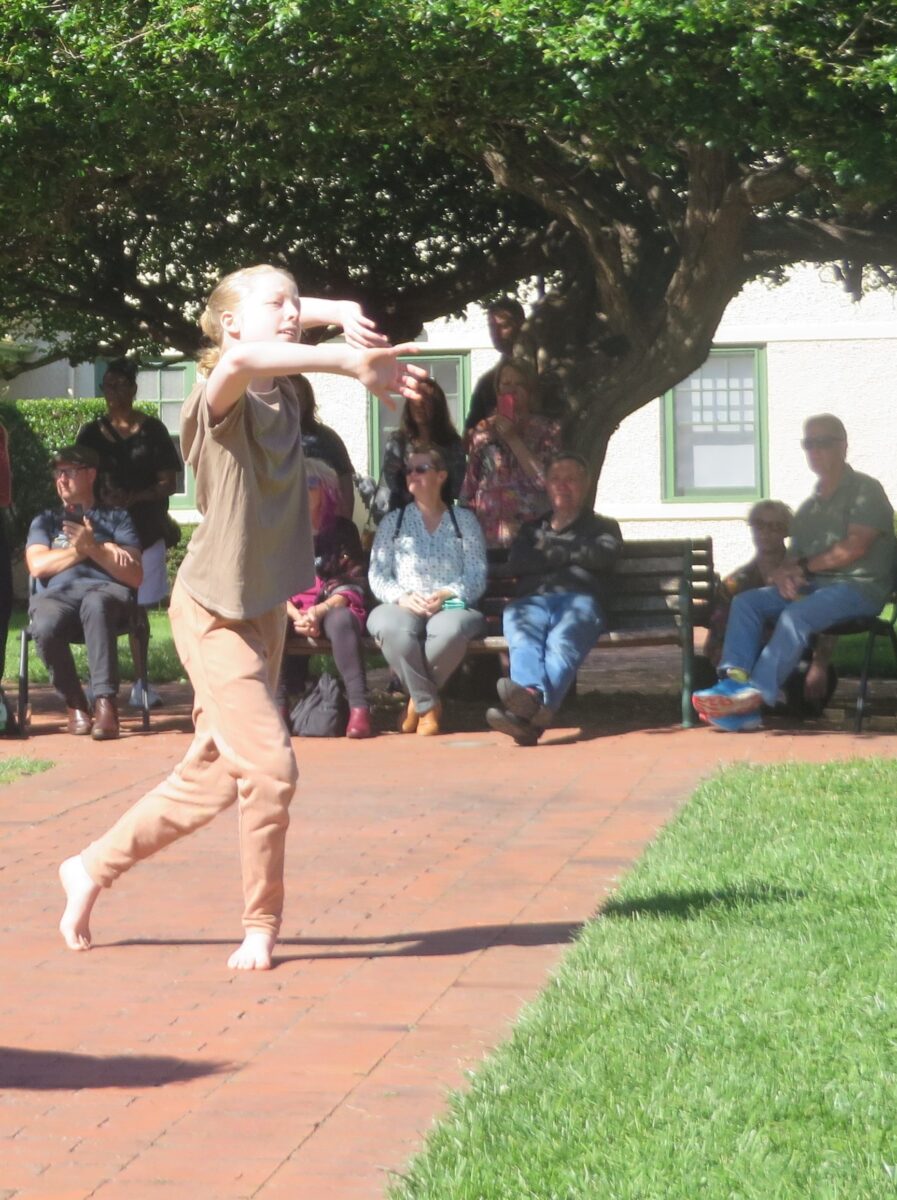
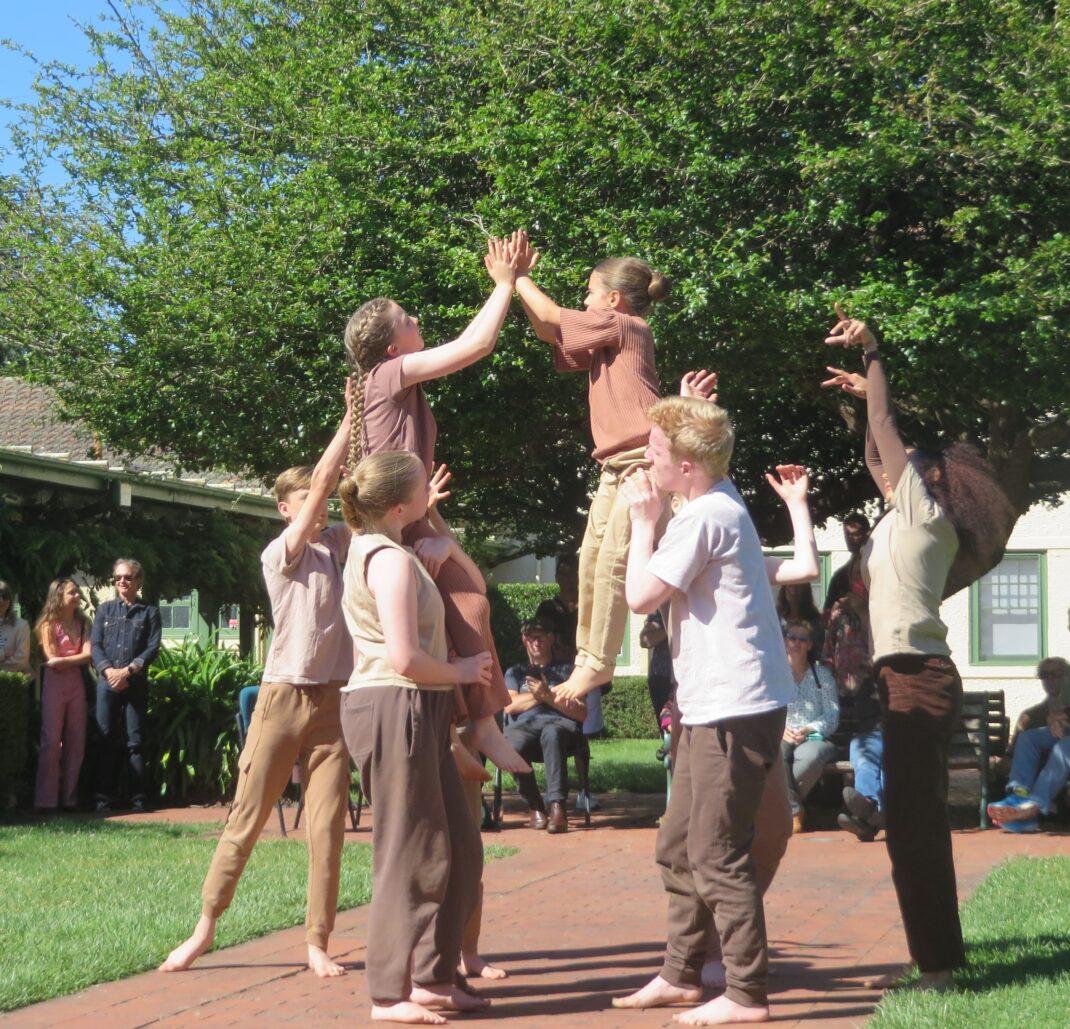
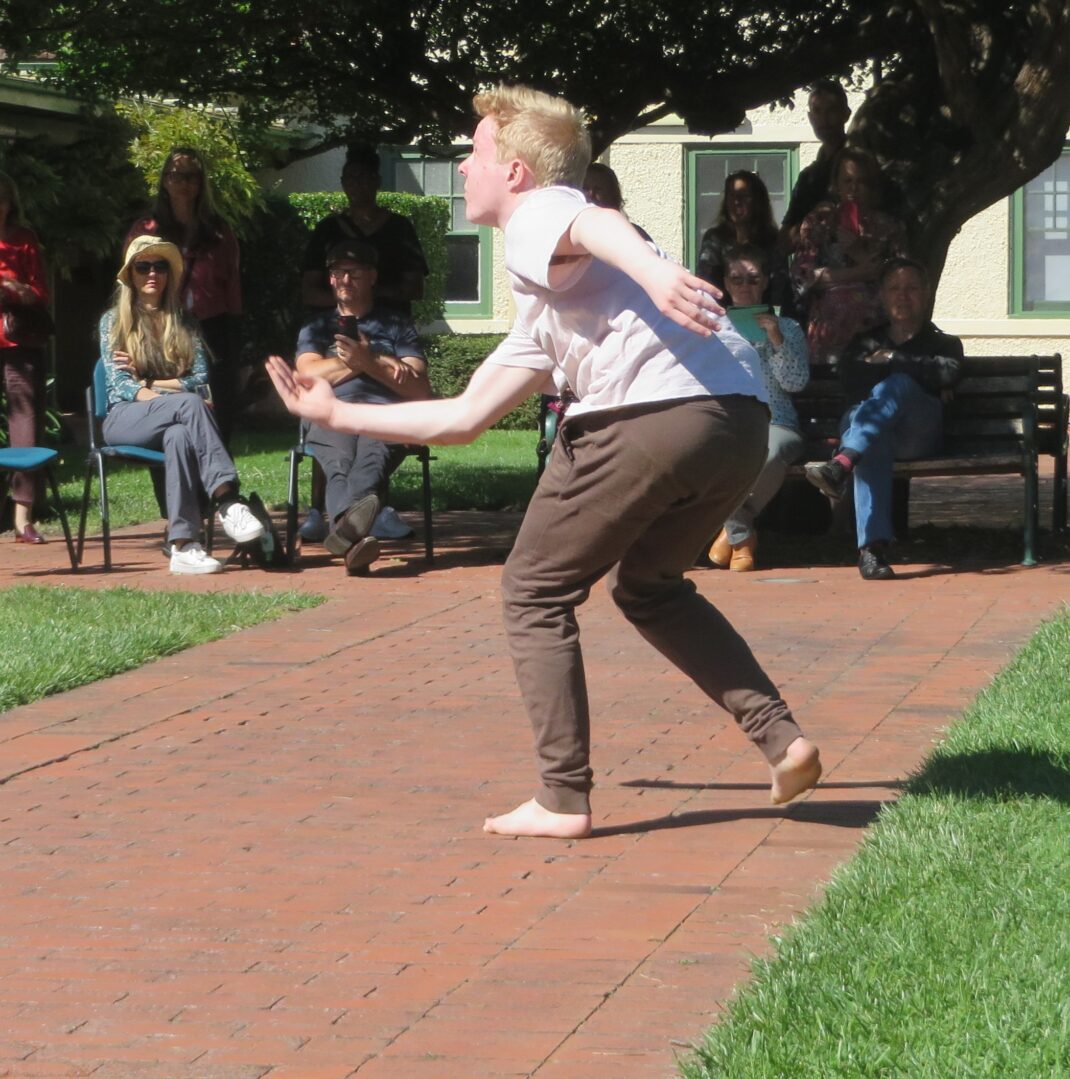
- Press for October 2024
– ‘Coco Chanel: the Life of a Fashion Icon (Queensland Ballet)’. Limelight, 6 October 2024 . Online at this link. (And in a slightly enlarged form here.)
– ‘Chaos, a dance project of highs and lows.’ Review of Elemental. QL2 Dance, Chaos Project. CBR City News, 19 October 2024. Online at this link. (And in a slightly enlarged form here.)
- And it’s Halloween again …

Michelle Potter, 31 October 2024
Featured image: Publicity image from WAB for Alice Topp’s Butterfly Effect. Photographer not identified.
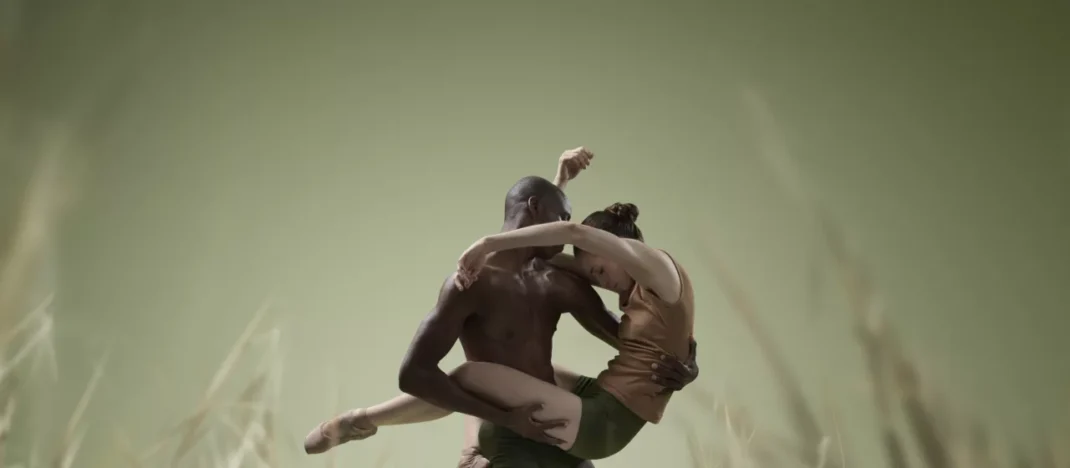
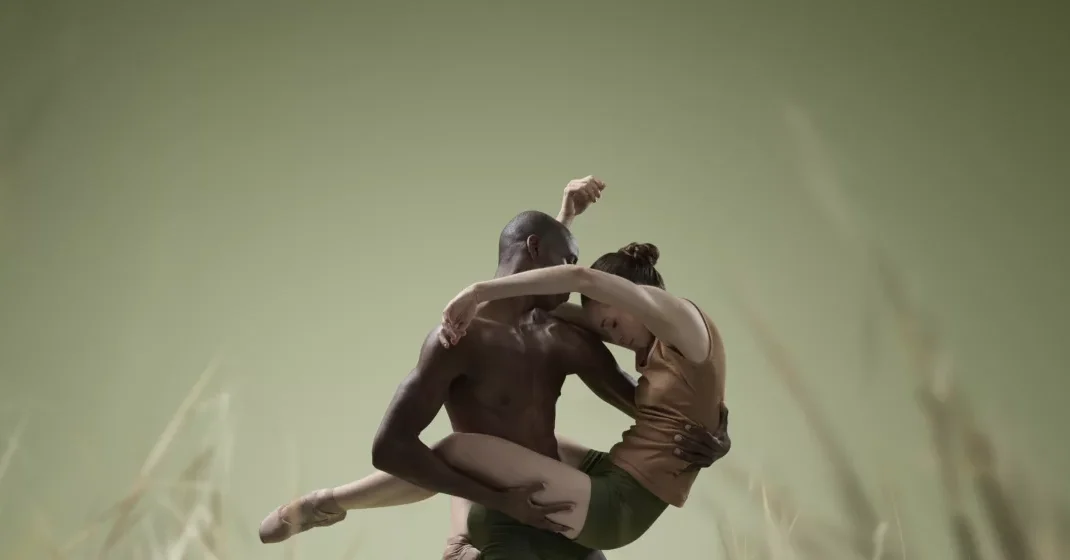
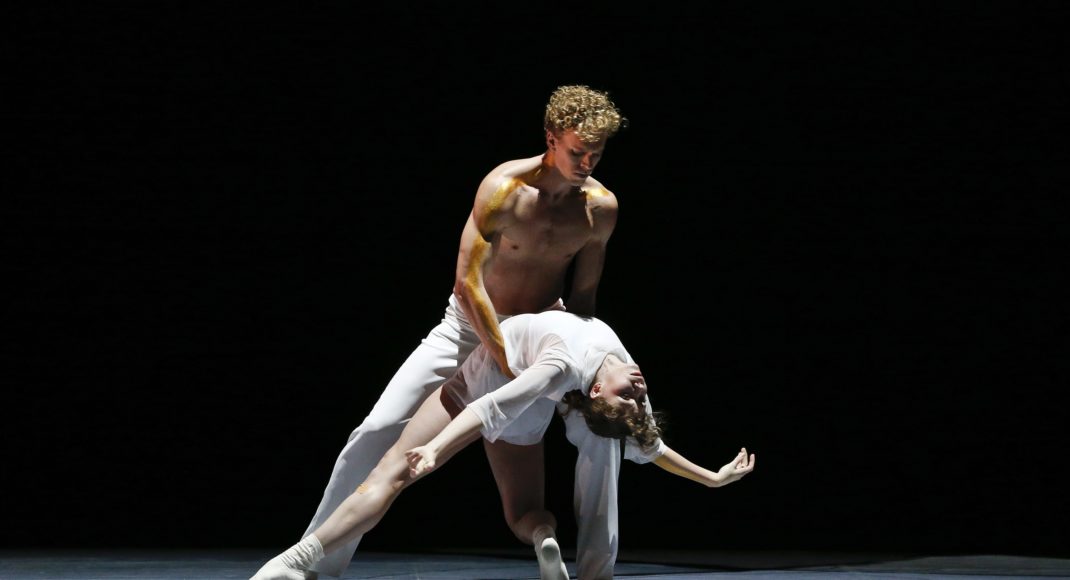
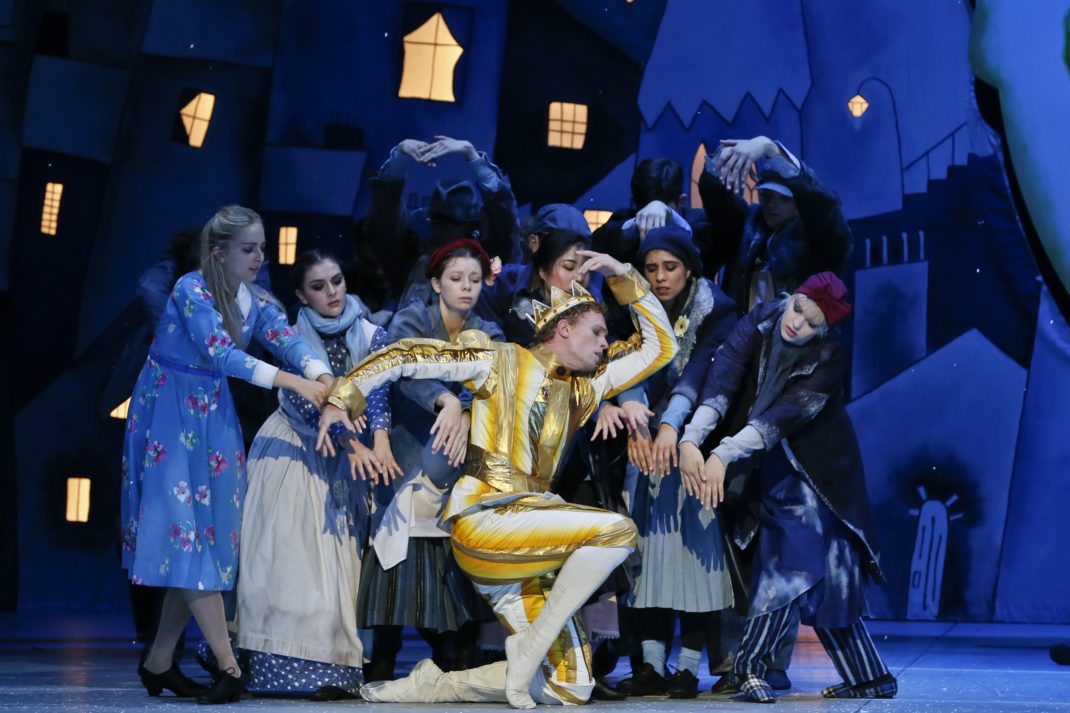
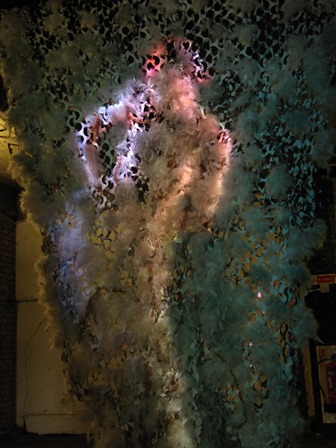
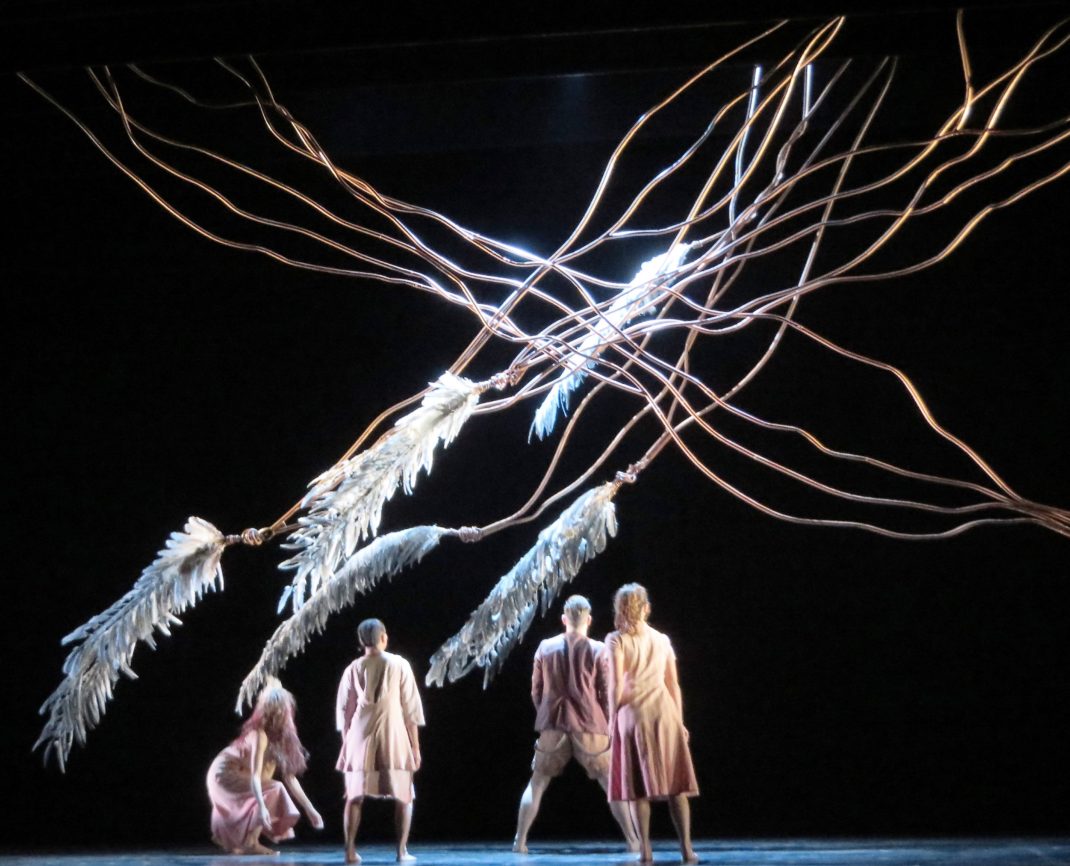
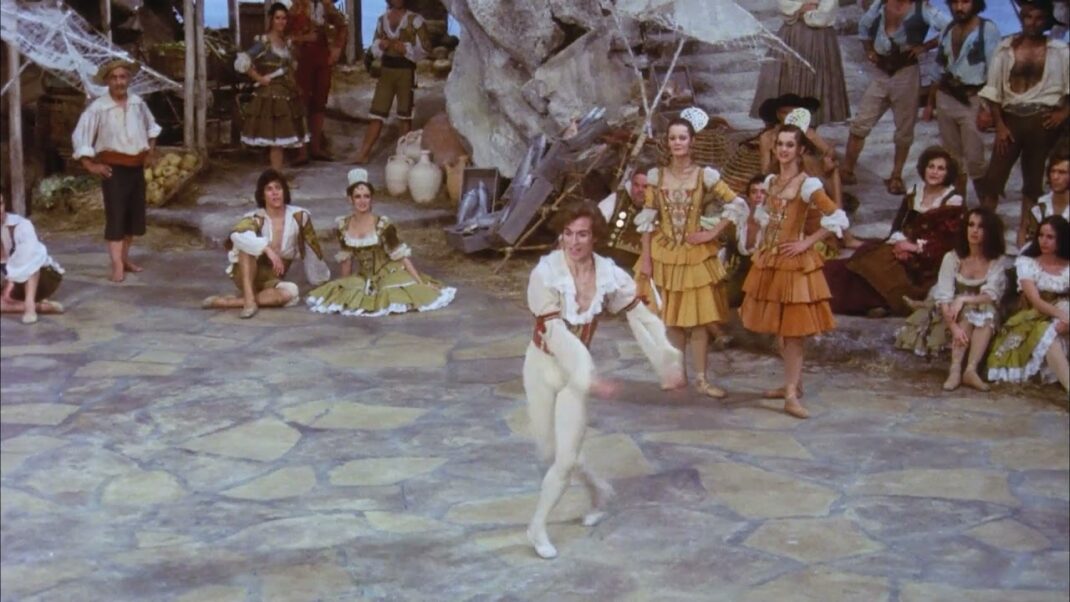
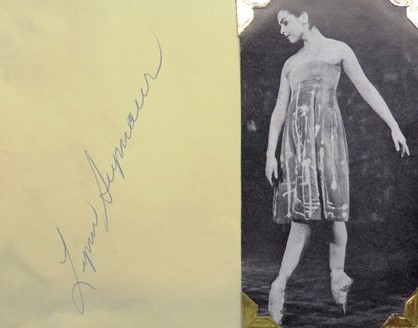
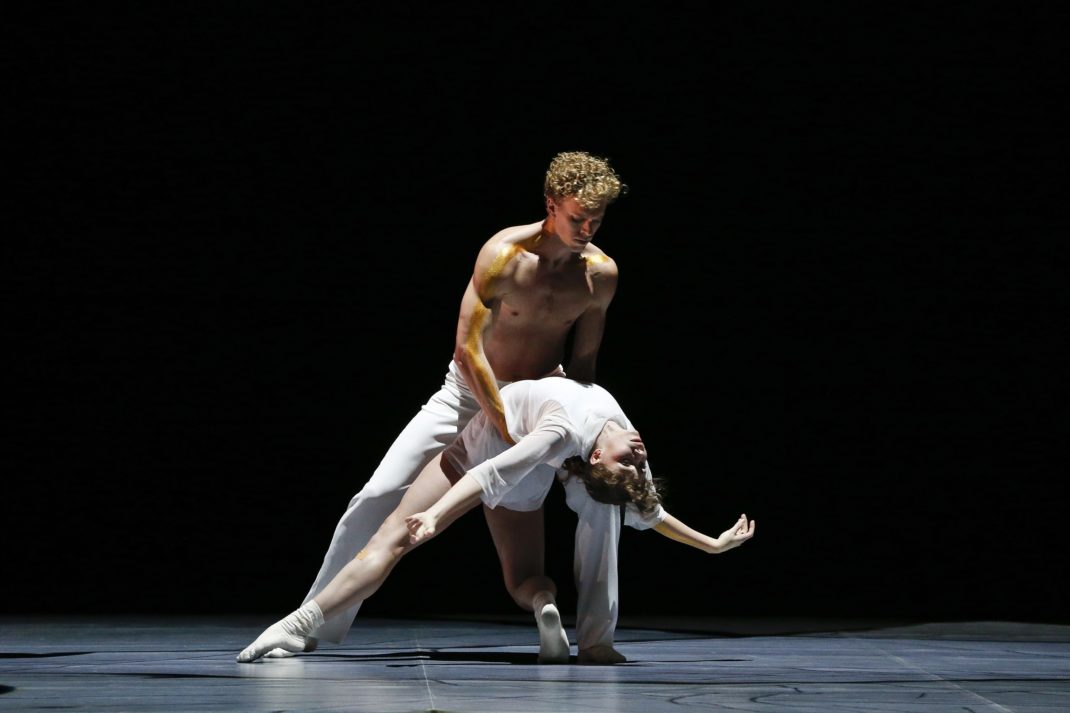
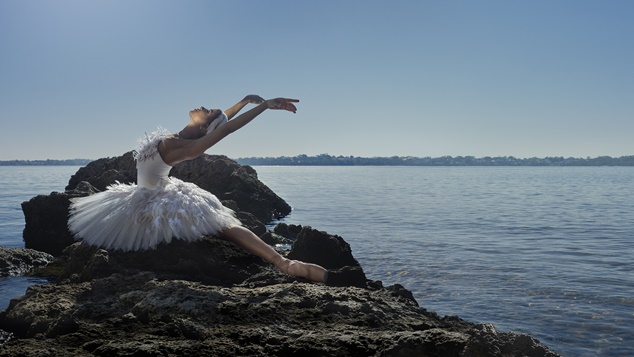




 ID; A photo of a white male, slim build, 6′ 2″ tall, wheelchair user with a shaved head, green eyes and sculpted facial stubble, wearing a black at cap, black jumper and a black & grey scarf around his neck. Poised in front of a grey background. Photo credit; Maurice RamirezMarc is a Disabled choreographer, director and dancer. His lecture titled ‘Point of the Spear’ will share his personal experience of the importance of being an advocate for accessibility and inclusion. How, collectively, we all need to work together to be Inclusive in our thinking and actions to make the world equitable for all.
ID; A photo of a white male, slim build, 6′ 2″ tall, wheelchair user with a shaved head, green eyes and sculpted facial stubble, wearing a black at cap, black jumper and a black & grey scarf around his neck. Poised in front of a grey background. Photo credit; Maurice RamirezMarc is a Disabled choreographer, director and dancer. His lecture titled ‘Point of the Spear’ will share his personal experience of the importance of being an advocate for accessibility and inclusion. How, collectively, we all need to work together to be Inclusive in our thinking and actions to make the world equitable for all.